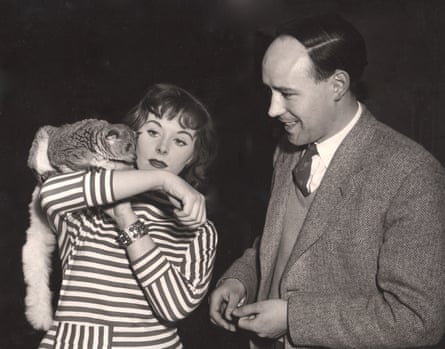Glossy flowers: an enticing call from afar, a mystery up close
University of Würzburg
The existence of glossy surfaces in the plant and animal world poses a mystery to science. This is because clear and consistent signals are advantageous for reliable communication, for example between flowers and pollinators. Glossiness contradicts this principle, as its appearance is highly dependent on the viewing angle and illumination conditions and is therefore variable.
A research team at Julius-Maximilians-Universität Würzburg (JMU) has now investigated this contradiction. Their study shows that gloss fundamentally changes the efficacy of the visual signal depending on the distance and viewing angle of the observer, therefore has both advantages and disadvantages.
The Surface Structure creates the Gloss
The study was conducted under the leadership of Dr. Johannes Spaethe at the Chair of Behavioral Physiology and Sociobiology at JMU; Dr. Casper J. van der Kooi, head of a research group at the University of Groningen and at that time a Humboldt Fellow visiting the University of Würzburg, and Alexander Dietz as part of his master's thesis were responsible for the study. The team has now published the results of its research in the journal Science Advances.
“The difference between matte and glossy flowers lies in their microscopic surface structure,” says Johannes Spaethe, explaining the background to the study. Most flowers have a matte surface formed by countless tiny, cone-shaped cells – snapdragons, for example. This structure scatters the incident light in all directions. The result is a stable color signal that looks the same to pollinators from almost every angle.
In contrast, glossy flowers, such as buttercups, have flat surface cells. These act like tiny mirrors that reflect bright, directional flashes of light. These reflections can overlap or even overlay the actual color signal caused by the flower pigments.
Behavioral Experiments with Artificial Flowers
To investigate the effect of gloss on pollinators, the research team conducted behavioral experiments with bumblebees (Bombus terrestris). Using artificial flower replicas that differed only in their surface texture – matte or glossy – they were able to precisely analyze the insects' reactions. Their results reveal a fundamental visual conflict of objectives.
“The advantage of glossy flowers is that they are more easily recognizable from a distance,” explains Alexander Dietz. The gloss effect makes a decisive difference, especially at the perception limit of bumblebees, at very small viewing angles between three and six degrees: shiny flowers were still visible to the insects, while matte flowers of the same color and size could no longer be recognized.
However, there is a downside: “The same shine that attracts from a distance makes it difficult to perceive colors at close range,” explains Casper van der Kooi. The experiments showed that bumblebees had significantly more difficulty distinguishing between similar colors at close range on shiny surfaces. “The light reflected from the flat cells interfered with the reliable interpretation of the color signal,” says the scientist.
This risk of confusion has noticeable ecological consequences: For bees, foraging on glossy flowers becomes less efficient because they have to spend more time and energy distinguishing the correct flowers. For the plants, in turn, there is an increased risk of so-called “interspecific pollen transfer” – i.e., the transfer of pollen between different species – which can reduce reproductive success.
More than just a Question of Appearance: Lessons from Evolution
So what does this compromise mean for the evolution of the plant world? “Glossiness appears to be an evolutionary strategy for certain ecological conditions in which improved visibility from a distance outweighs the disadvantage of more difficult color recognition at close range,” says Johannes Spaethe.
However, the study also shows why evolution has favored a matte surface in most flowers: this ensures a spatially consistent and thus reliable color signal through broad light scattering. This reliability improves the ability of pollinators to reliably recognize and distinguish flowers.
Incidentally, this conflict of objectives between recognizability and signal accuracy is not limited to the world of flowers. “Similar principles also play a role in the interaction between predators and prey,” says Alexander Dietz. For example, the gloss of insect cuticles hinders mantises and jumping spiders in accurately tracking their prey, and the flashes of light from fish scales can reduce the probability of birds hitting their target during an attack.
Journal
Science Advances
Method of Research
Experimental study
Subject of Research
Animals
Article Title
Dynamic visual effects enhance flower conspicuousness but compromise color perception



